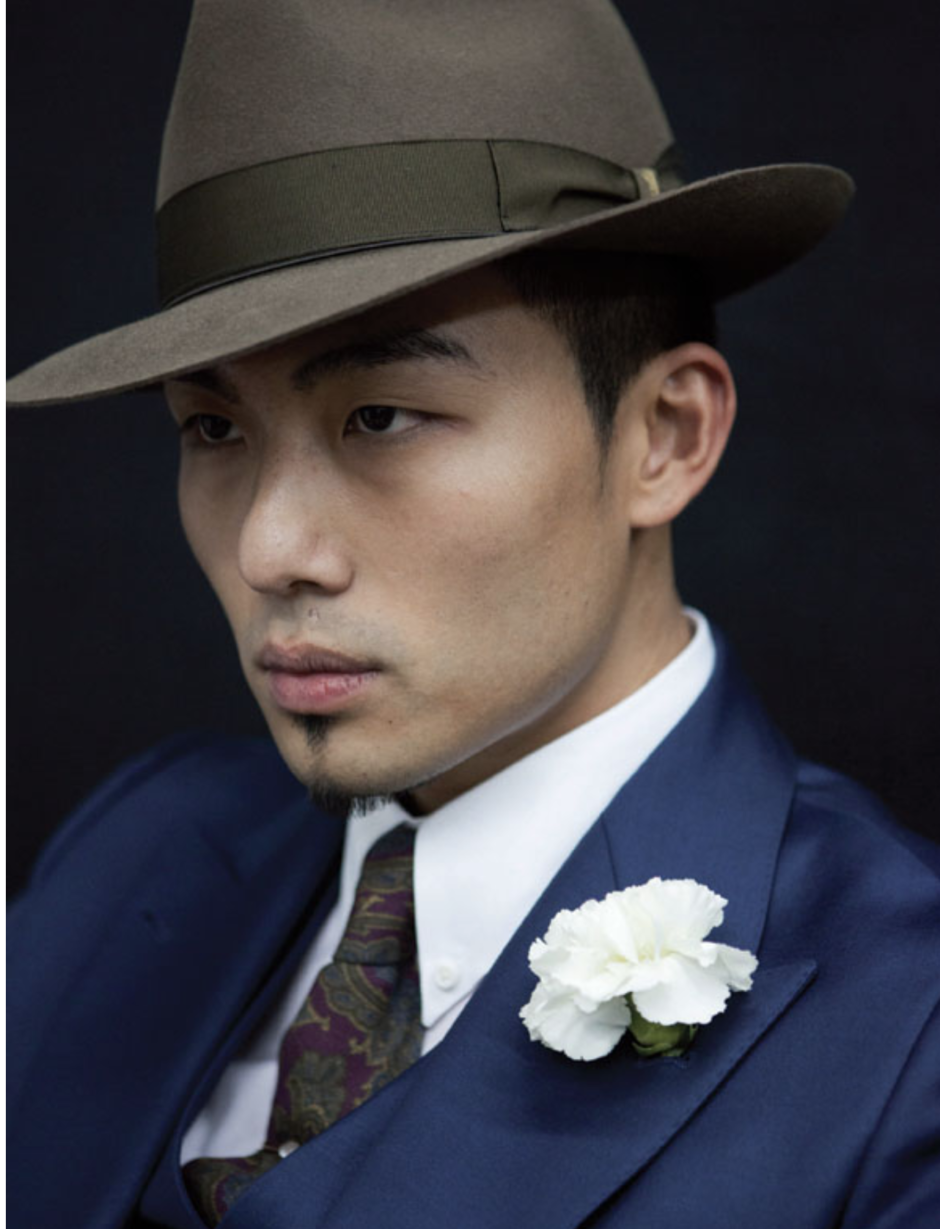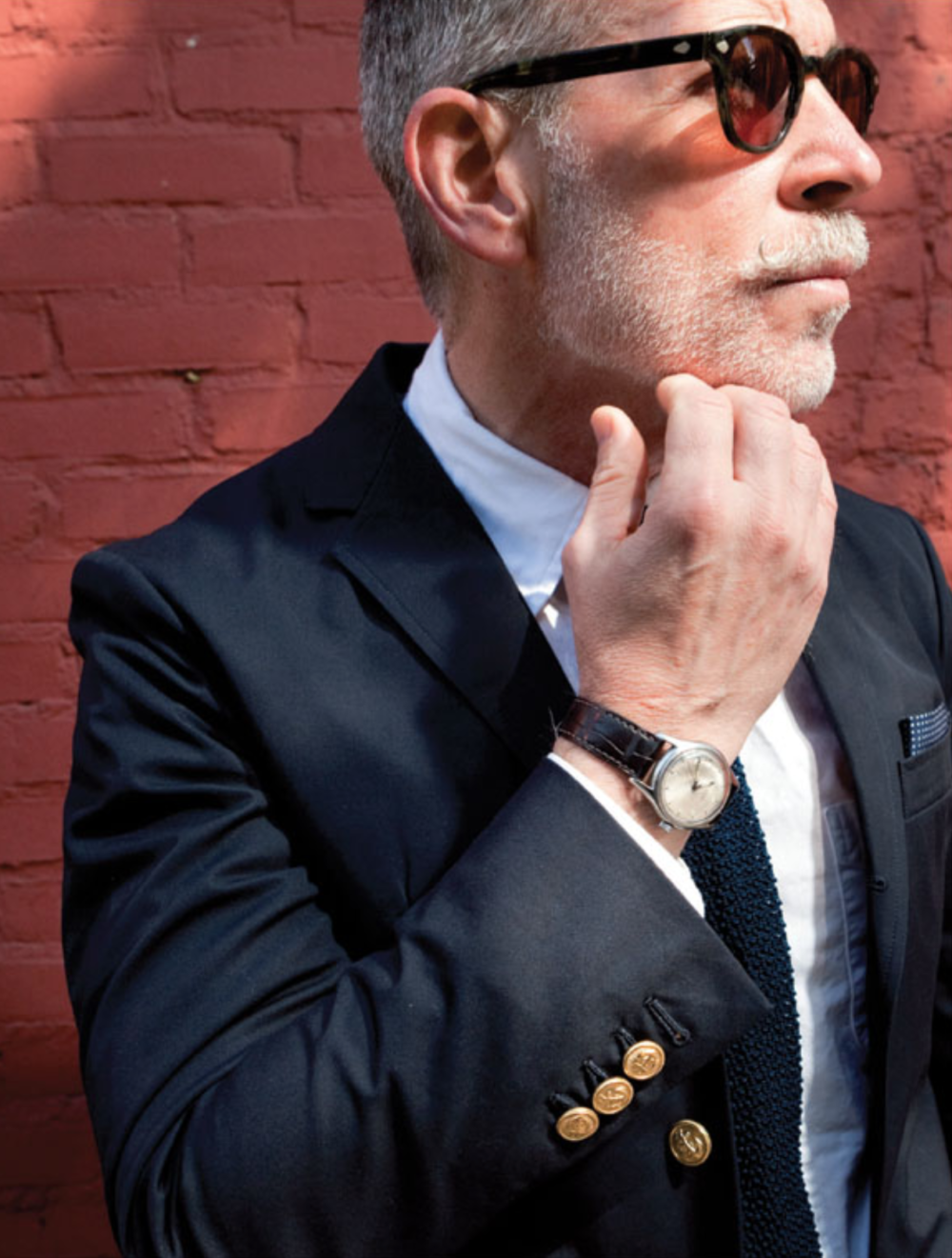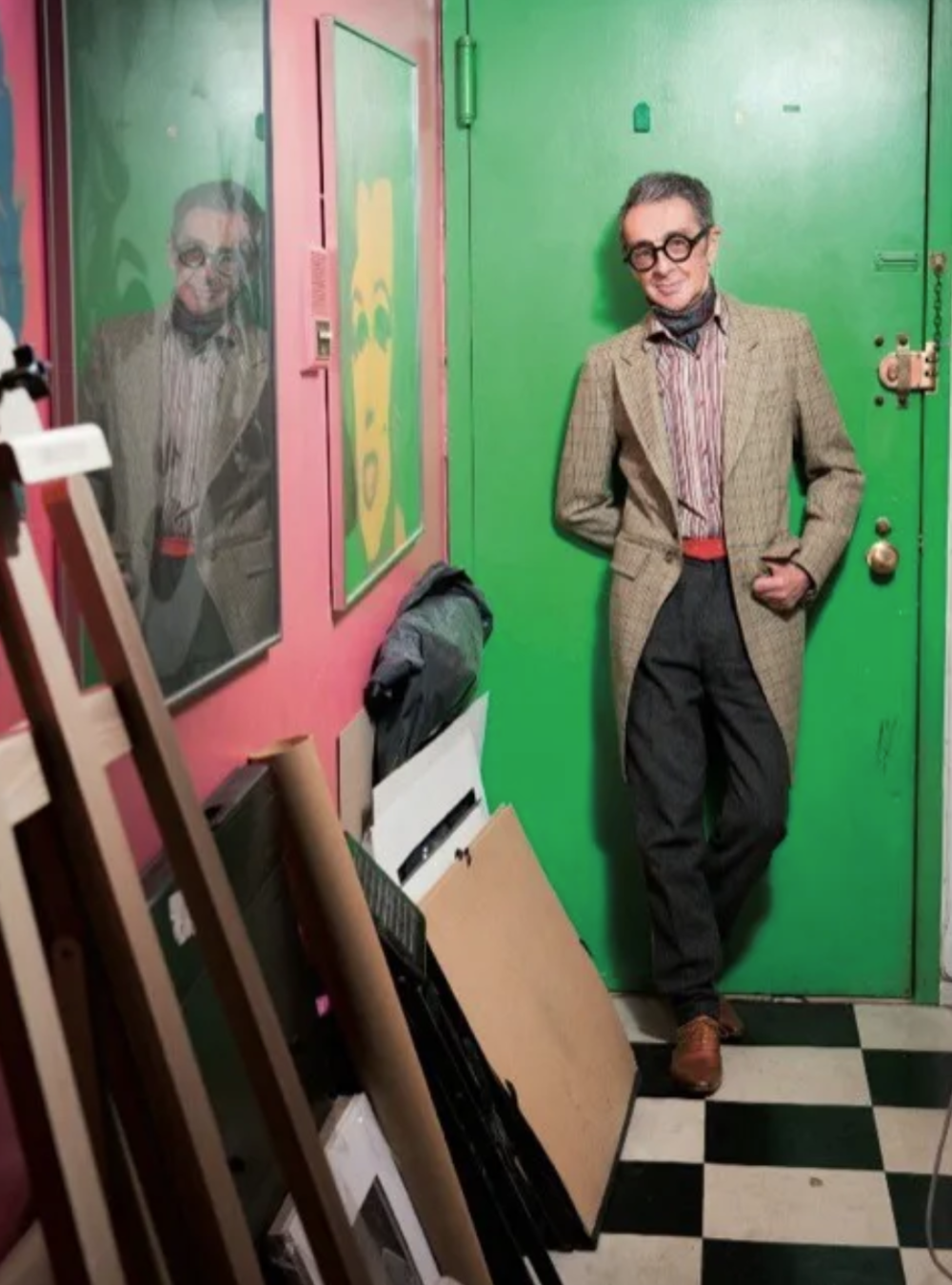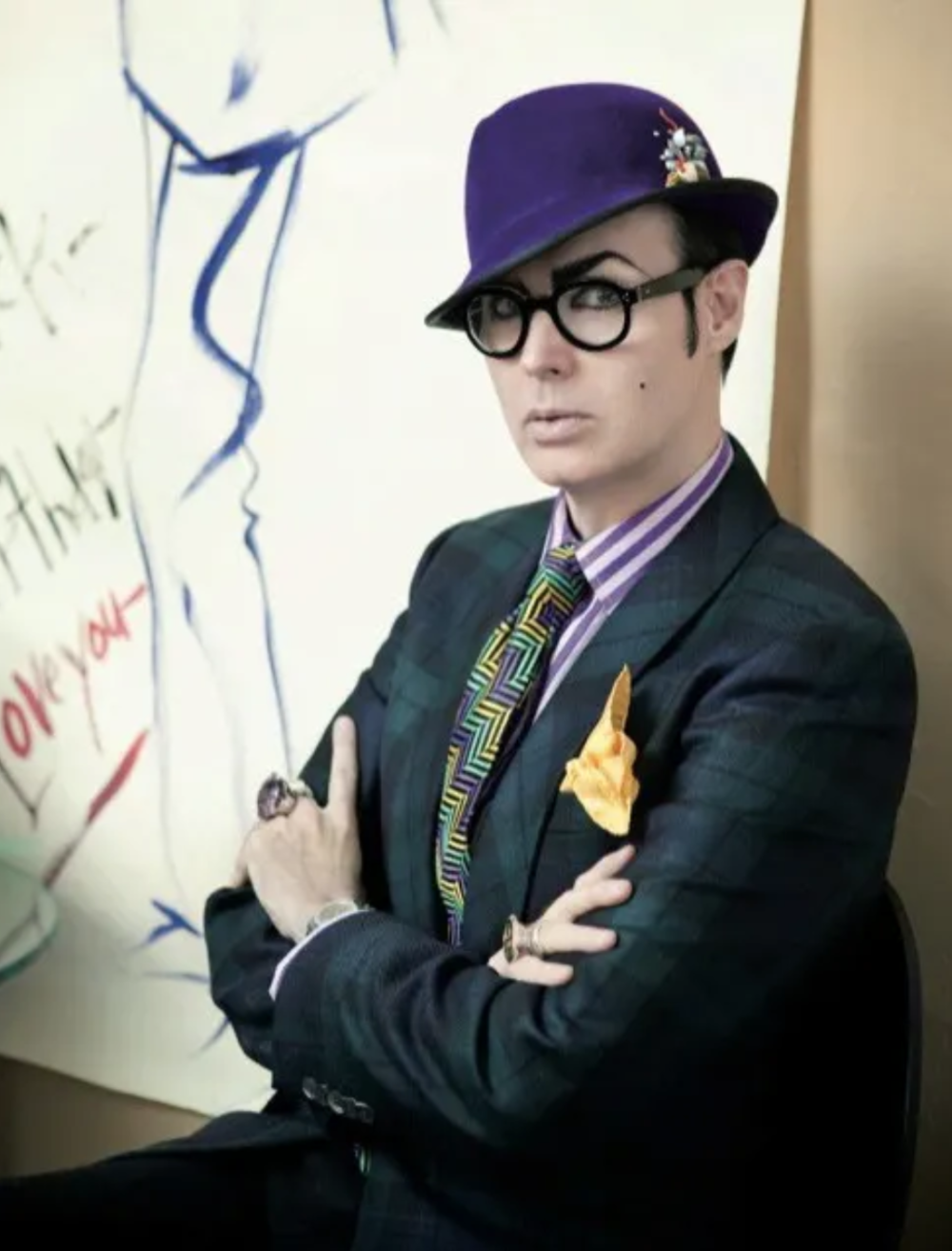DANDYISM PEACOCKING THROUGHOUT THE AGES
“Dandyism is a modish affectation.” Said nineteenth century French novelist and playwright Balzac, quite a while ago, ironically. Still stands up doesn’t it? So, has dressing (and behaving) in an overtly pretentious way, that has been meticulously and consciously designed to impress, ever really gone out of style? Probably not. Let’s face it men have been peacocking, in varying sartorial veins, throughout the ages. To be a Dandy, truly Dandy, do you really need to be excessive, refined, hedonistic and vain? Probably. Surely this commitment to self worship, aesthetics and eye for detail transcends seamlessly from the Age of Elegance to our own.
So, “Who’s a Dandy?” asked George Walden in his book of the same title over a decade ago. A compact, comprehensive and detailed account of Dandyism and the man that probably started it all, George “Beau” Brummell. Back at Beau Brummells’ height of notoriety Regency Dandyism was arguably an extrovert and extravagant celebration of material superiority. Sound familiar? Brummell was perhaps the self appointed poster boy for the high quality consumption that London had to offer in the early 1800s. Dandyism, thanks to Beau, is a thoroughly English invention that has travelled through the ages and spread around the globe with absolute conviction and fervour. Beau may have had his day but Dandyism survived and is very much still with us. From the foppish Oscar Wilde to the sharp suited working class mods of 1960s Britain, from the extrovert, colourful Sapeurs of modern day Congo to their fellow sartorialists the new wave of “buttoned up boys” in East London. It’s a fair assumption that since the first man dressed with flourish Dandyism has never really left us.
Waldens question “who’s a Dandy” is explored in “I am Dandy”; a beautiful coffee table must have for any aesthetically superior gent (or lady). Photographer Rose Callahan and writer Nathaniel “Natty” Adams masterfully explored the aesthetic tendencies, wardrobes, homes and philosophies of 57 contemporary Dandys. The book examines the lives and loves of these refined, modern gents. The loves are pretty much exclusively material, as love in it’s more common, romantic sense would surely mean dependence. One things Dandys are not is dependent. Their preoccupation with exterior effects leaves them, like Brummel, fairly disinterested in human companionship. Many of these men are exquisitely dressed and their eye for style transcends their clothes and filters into their surroundings. Even if the surroundings are small, they are painstakingly put together, well maintained dens of elegance. The importance of the surroundings begins to become apparent as it becomes increasingly obvious that Dandys themselves are self-ostracised outsiders. They absolutely and totally reject banality and conformity. So in our modern age of tedious, vacuous celebrity culture and identikit trends it seems utterly reasonable that a true Dandy would need a perfectly refined bubble to retreat into.
“Dandys are not very common men” says Rose. Natty points out that the nature of Dandyism itself is obsessive and is something like a disorder that: “simply can’t be helped.” So it seems that I am Dandy is a physical embodiment (albeit in book form) of Dandyism itself, an obsessive, beautiful, detailed account of the diversity of modern day Dandys out there marching to their own well-tailored beat.
So what sets a Dandy apart from a simply well dressed man? It’s time, ingenuity and un-shakeable confidence according to Natty. “The Dandy is someone who has the ingenuity to create their own look entirely; something unique.” To take their time and become absolutely fixated over the details, that extra mile Dandys seem to go, obsessively putting together outfits is what elevates them high above just a well dressed man. It’s also their attitude, swagger, the total enjoyment they take over every aspect of their appearance. A Dandy knows he is undeniably well dressed and that he is also excessively groomed to a ridiculous level of distinction. Rose adds that Dandyism is more than cloth, clothes alone do not maketh the man in her opinion, a Dandy is “a man who affects extreme elegance in clothing and manners.”
Some people may question Dandyisms relationship to economic wealth. We are living through a fairly lengthy period of austerity yet Dandyism seems to be having something of a renaissance. This is mirroring another decadent yet austere decade, the thirties. As Natty points out the thirties were a decade of deep economic depression yet also the golden age of Hollywood and some may argue a great era of menswear. There are also the working class Mods of 1960s Britain to consider, they may have been working in the mail room, but they had better suits than the high flying, well paid managers. You don’t have to be particularly financially wealthy to be a Dandy, but that obsessive nature will make sure that the details are just so on any budget. Natty believes that an age of austerity coupled with an eye for detail means a renewed interest in craftsmanship. Like the 1960s Mods that were inspired by sharp Italian suits. They were spurred towards high-quality clothing to get that expensive, precise cut. This would mean they would save hard, pay more for a suit upfront but it would look much better and last longer. A wise and elegant lesson indeed for our age of mass produced, throwaway fashion.
Dandyism it seems defies class, wealth, location and even gender. Dandyism is capricious, nonconformist and hedonistic so it would be impossible to be totally sure in which direction Dandyism will head in the future.
But one thing is certain, it will definitely keep going.
Laura Dicken










